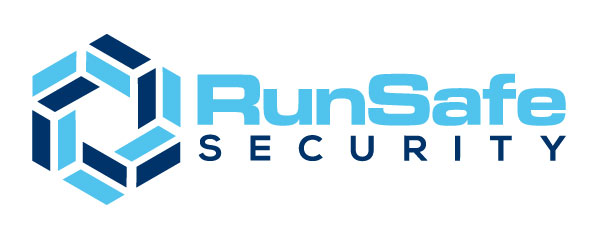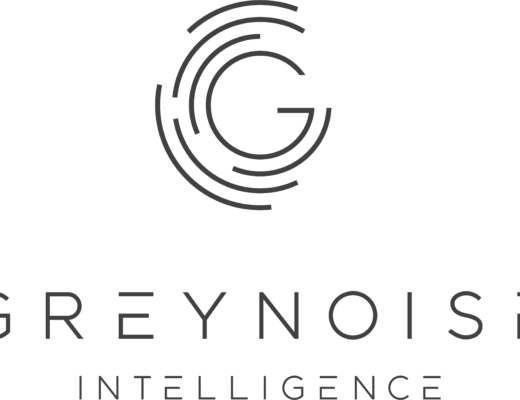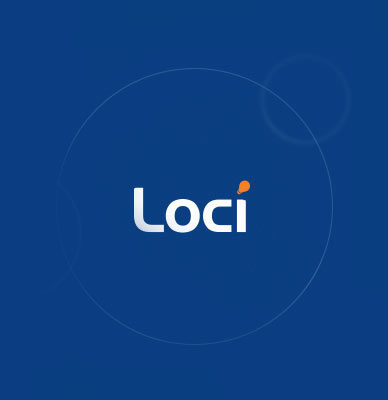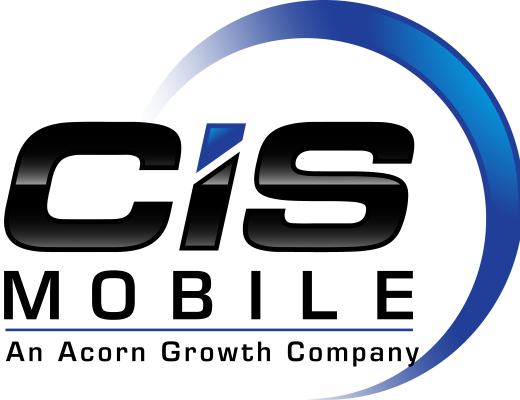A year ago, I wrote a strategy blogpost about RunSafe Security focused on what the startup is doing differently in the cybersecurity marketplace compared with rivals. In November, RunSafe successfully raised an additional $6.3 million, led by VC firm Alsop Louis Partners and supported by Inner Loop Capital, Renegade Partners (scout fund of Bessemer Ventures), and Working Lab Capital.
As a brief reminder, RunSafe’s remit is securing software deployed in on-premise, hybrid, and cloud based systems via in-memory randomization. They accomplish this by taking binaries, variables and threads, and memory blocks and reordering them to appear different from device to device – like a snowflake. Their Alkemist solution effectively stops in-memory malware attacks from occurring on an embedded system. For example, if a million IoT devices are running the same firmware and OS they will appear unique to an attacker – each with a different in-memory fingerprint. Thus, while a single device may be compromised, the attack cannot scale. So, an attacker’s tactical approach fails and its business model doesn’t create economic rewards.
The funds will be used to expand Alkemist in two key areas: security partnerships – such as with DevOps toolchain providers and defense contractors such as Leidos – and multinational corporates – such as GE Aviation. Scaling organically is hard, making strategic reseller partnerships valuable. RunSafe can secure internal partner environments, while at the same time work through the partner’s sales channels and customer ecosystems.
Reinforcing this expansion into global corporates, RunSafe has become deeply involved in a wholistic DevSecOps initiative at the Department of Defense focused on securing their full development and operational technology stacks. On the development side – plan, develop, build, test, secure, store artifacts – RunSafe’s Alkemist deploys as part of the build toolchain, and on the operations side – deploy, operate, monitor, scale – Alkemist will protect assets integrating on the deploy toolchains. Both orchestration environments are defined by native cloud based architectures – Docker containers, Kubernettes, Knative – for open sourced based management. Essentially, the goal is to transform the entire DoD’s DevSecOps supply chain to include binary randomization security at every level in every memory stack.
These developments augment what RunSafe is already doing with their Alkemist platform suite, with the DoD, resellers, and corporate engagements following the same product adoption path. For a small team, RunSafe can maximize its resources, remain nimble and efficient, and on-board new clients and channel partners with a bit more ease because the process is the same regardless of environment – on-premise, hybrid, cloud, embedded, or some combination.
RunSafe’s path to security dovetails with the DevSecOps approach by baking in security at every stage on a fundamental level. The DevSecOps’ methodology moves the orchestration of decision making from CISOs to development teams. There is no longer a single point of failure or a single exhausted human scrambling to extinguish forest fires, but a genuine process of security, ownership, and risk management with an authority to operate in continuous deployment environments. That is new and an alignment of incentives that is refreshing.
During my original interview, CEO Saunders talked at length about altering an essential access point and breaking the economics of advanced persistent threat actors seeking to damage national interests and private company computing systems. While taking more time than expected, RunSafe’s approach to security and their value proposition are resonating with key constituencies.
In short, RunSafe has three new customer segments whose needs are unfolding at the same time. The challenge now is to scale personnel and infrastructure efficiently and balance the demands of serving these sectors, who are focused on security and action rather than compliance and box checking. The next twelve months will be a very busy period for the RunSafe team.
Stay tuned.




